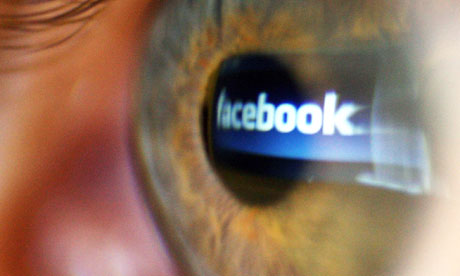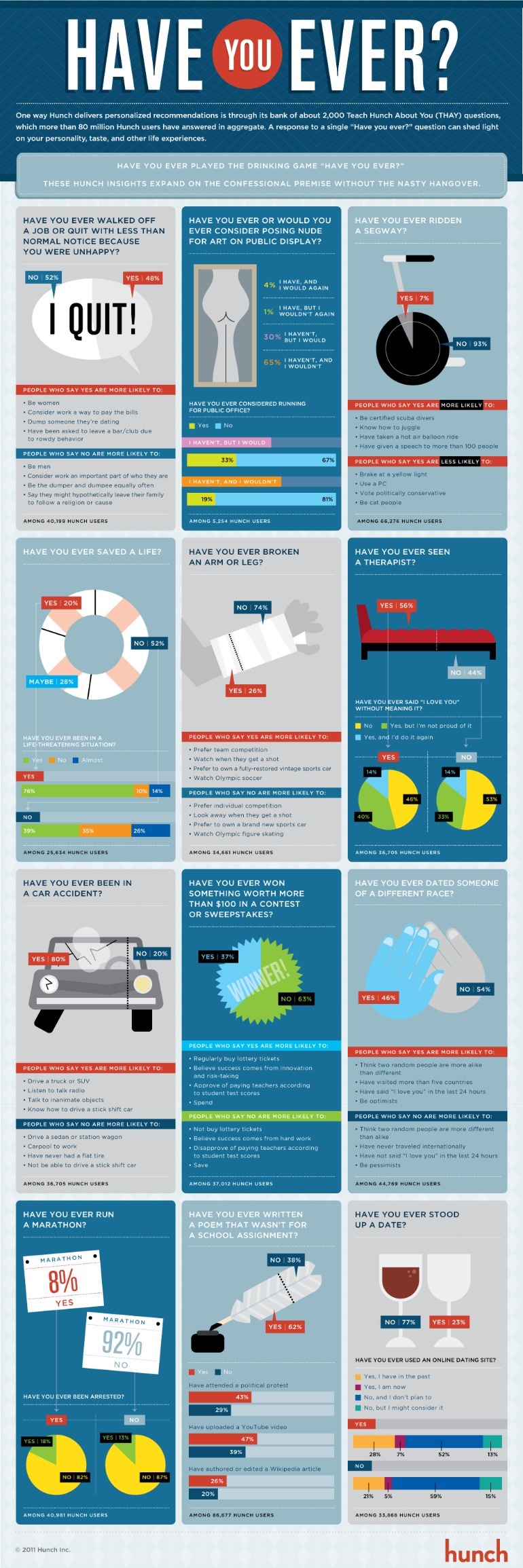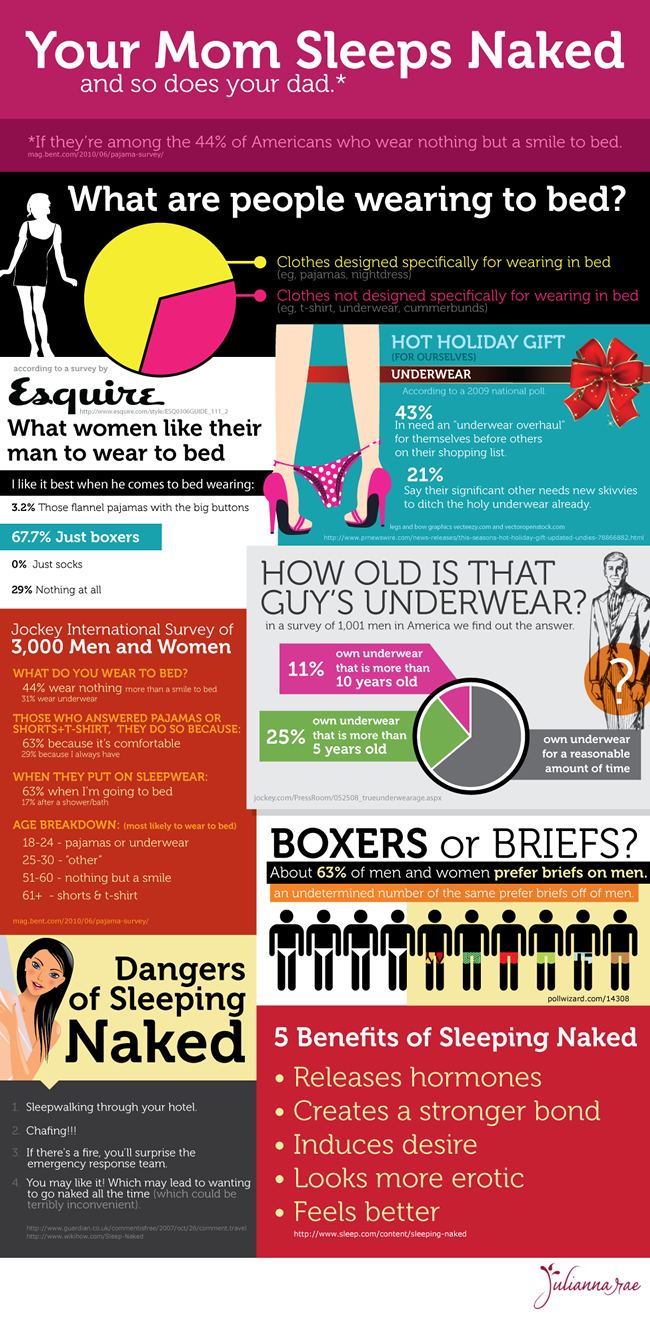Each year for the past 15 years Edge has posed a weighty question to a group of scientists, researchers, philosophers, mathematicians and thinkers. For 2012, Edge asked the question, “What Is Your Favorite Deep, Elegant, or Beautiful Explanation?”, to 192 of our best and brightest. Back came 192 different and no-less wonderful answers. We can post but a snippet here, so please visit the Edge, and then make a note to buy the book (it’s not available yet).
Read the entire article here.
The Mysterious Coherence Between Fundamental Physics and Mathematics
Peter Woit, Mathematical Physicist, Columbia University; Author, Not Even Wrong
Any first course in physics teaches students that the basic quantities one uses to describe a physical system include energy, momentum, angular momentum and charge. What isn’t explained in such a course is the deep, elegant and beautiful reason why these are important quantities to consider, and why they satisfy conservation laws. It turns out that there’s a general principle at work: for any symmetry of a physical system, you can define an associated observable quantity that comes with a conservation law:
1. The symmetry of time translation gives energy
2. The symmetries of spatial translation give momentum
3. Rotational symmetry gives angular momentum
4. Phase transformation symmetry gives charge
Einstein Explains Why Gravity Is Universal
Sean Carroll, Theoretical Physicist, Caltech; Author, From Eternity to Here: The Quest for the Ultimate Theory of Time
The ancient Greeks believed that heavier objects fall faster than lighter ones. They had good reason to do so; a heavy stone falls quickly, while a light piece of paper flutters gently to the ground. But a thought experiment by Galileo pointed out a flaw. Imagine taking the piece of paper and tying it to the stone. Together, the new system is heavier than either of its components, and should fall faster. But in reality, the piece of paper slows down the descent of the stone.
Galileo argued that the rate at which objects fall would actually be a universal quantity, independent of their mass or their composition, if it weren’t for the interference of air resistance. Apollo 15 astronaut Dave Scott once illustrated this point by dropping a feather and a hammer while standing in vacuum on the surface of the Moon; as Galileo predicted, they fell at the same rate.
Subsequently, many scientists wondered why this should be the case. In contrast to gravity, particles in an electric field can respond very differently; positive charges are pushed one way, negative charges the other, and neutral particles not at all. But gravity is universal; everything responds to it in the same way.
Thinking about this problem led Albert Einstein to what he called “the happiest thought of my life.” Imagine an astronaut in a spaceship with no windows, and no other way to peer at the outside world. If the ship were far away from any stars or planets, everything inside would be in free fall, there would be no gravitational field to push them around. But put the ship in orbit around a massive object, where gravity is considerable. Everything inside will still be in free fall: because all objects are affected by gravity in the same way, no one object is pushed toward or away from any other one. Sticking just to what is observed inside the spaceship, there’s no way we could detect the existence of gravity.
True or False: Beauty Is Truth
Judith Rich Harris, Independent Investigator and Theoretician; Author, The Nurture Assumption; No Two Alike: Human Nature and Human Individuality
“Beauty is truth, truth beauty,” said John Keats. But what did he know? Keats was a poet, not a scientist.
In the world that scientists inhabit, truth is not always beautiful or elegant, though it may be deep. In fact, it’s my impression that the deeper an explanation goes, the less likely it is to be beautiful or elegant.
Some years ago, the psychologist B. F. Skinner proposed an elegant explanation of “the behavior of organisms,” based on the idea that rewarding a response—he called it reinforcement—increases the probability that the same response will occur again in the future. The theory failed, not because it was false (reinforcement generally does increase the probability of a response) but because it was too simple. It ignored innate components of behavior. It couldn’t even handle all learned behavior. Much behavior is acquired or shaped through experience, but not necessarily by means of reinforcement. Organisms learn different things in different ways.
The Power Of One, Two, Three
Charles Seife, Professor of Journalism, New York University; formerly journalist, Science Magazine; Author, Proofiness: The Dark Arts of Mathematical Deception
Sometimes even the simple act of counting can tell you something profound.
One day, back in the late 1990s, when I was a correspondent for New Scientist magazine, I got an e-mail from a flack waxing rhapsodic about an extraordinary piece of software. It was a revolutionary data-compression program so efficient that it would squash every digital file by 95% or more without losing a single bit of data. Wouldn’t my magazine jump at the chance to tell the world about the computer program that will make their hard drives hold 20 times more information than every before.
No, my magazine wouldn’t.
No such compression algorithm could possibly exist; it was the algorithmic equivalent of a perpetual motion machine. The software was a fraud.
The reason: the pigeonhole principle.
Watson and Crick Explain How DNA Carries Genetic Information
Gary Klein, Cognitive Psychologist; Author, Sources of Power; Streetlights and Shadows: Searching for Keys to Adaptive Decision Making
In 1953, when James Watson pushed around some two-dimensional cut-outs and was startled to find that an adenine-thymine pair had an isomorphic shape to the guanine-cytosine pair, he solved eight mysteries simultaneously. In that instant he knew the structure of DNA: a helix. He knew how many strands: two. It was a double helix. He knew what carried the information: the nucleic acids in the gene, not the protein. He knew what maintained the attraction: hydrogen bonds. He knew the arrangement: The sugar-phosphate backbone was on the outside and the nucleic acids were in the inside. He knew how the strands match: through the base pairs. He knew the arrangement: the two identical chains ran in opposite directions. And he knew how genes replicated: through a zipper-like process.
The discovery that Watson and Crick made is truly impressive, but I am also interested in what we can learn from the process by which they arrived at their discovery. On the surface, the Watson-Crick story fits in with five popular claims about innovation, as presented below. However, the actual story of their collaboration is more nuanced than these popular claims suggest.
It is important to have clear research goals. Watson and Crick had a clear goal, to describe the structure of DNA, and they succeeded.
But only the first two of their eight discoveries had to do with this goal. The others, arguably the most significant, were unexpected byproducts.





 One wonders what the world would look like today had Alan Turing been criminally prosecuted and jailed by the British government for his homosexuality before the Second World War, rather than in 1952. Would the British have been able to break German Naval ciphers encoded by their Enigma machine? Would the German Navy have prevailed, and would the Nazis have gone on to conquer the British Isles?
One wonders what the world would look like today had Alan Turing been criminally prosecuted and jailed by the British government for his homosexuality before the Second World War, rather than in 1952. Would the British have been able to break German Naval ciphers encoded by their Enigma machine? Would the German Navy have prevailed, and would the Nazis have gone on to conquer the British Isles? We have all heard it — 50 is the “new 30”, 60 is the “new 40”. Adolescence now seems to stretch on into the mid- to late-20s. And, what on Earth is “middle age” anyway? As these previously well defined life-stages become more fluid perhaps it’s time for yet another calibration.
We have all heard it — 50 is the “new 30”, 60 is the “new 40”. Adolescence now seems to stretch on into the mid- to late-20s. And, what on Earth is “middle age” anyway? As these previously well defined life-stages become more fluid perhaps it’s time for yet another calibration.
 In the early 19th century Noah Webster set about re-defining written English. His aim was to standardize the spoken word in the fledgling nation and to distinguish American from British usage. In his own words, “as an independent nation, our honor requires us to have a system of our own, in language as well as government.”
In the early 19th century Noah Webster set about re-defining written English. His aim was to standardize the spoken word in the fledgling nation and to distinguish American from British usage. In his own words, “as an independent nation, our honor requires us to have a system of our own, in language as well as government.”

 [div class=attrib]From Anthropology in Practice:[end-div]
[div class=attrib]From Anthropology in Practice:[end-div] It is a distinct possibility that had it not been for the graphic tales of violence and sex from the New World around 500 years ago the continent that is now known as America would have taken another label.
It is a distinct possibility that had it not been for the graphic tales of violence and sex from the New World around 500 years ago the continent that is now known as America would have taken another label. By most estimates Facebook has around 800 million registered users. This means that its policies governing what is or is not appropriate user content should bear detailed scrutiny. So, a look at Facebook’s recently publicized guidelines for sexual and violent content show a somewhat peculiar view of morality. It’s a view that some characterize as typically American prudishness, but with a blind eye towards violence.
By most estimates Facebook has around 800 million registered users. This means that its policies governing what is or is not appropriate user content should bear detailed scrutiny. So, a look at Facebook’s recently publicized guidelines for sexual and violent content show a somewhat peculiar view of morality. It’s a view that some characterize as typically American prudishness, but with a blind eye towards violence.
 Alain de Botton is a writer of book-length essays on love, travel, architecture and literature. In his latest book,
Alain de Botton is a writer of book-length essays on love, travel, architecture and literature. In his latest book, 
 Set aside the fact that having heard Adele’s song “Someone Like You” so often may want to make you cry from trying to escape, science has now found an answer to why the tear-jerker makes you sob.
Set aside the fact that having heard Adele’s song “Someone Like You” so often may want to make you cry from trying to escape, science has now found an answer to why the tear-jerker makes you sob. [div class=attrib]From Scientific American:[end-div]
[div class=attrib]From Scientific American:[end-div]
 French children, it seems, unlike their cousins in the United States, don’t suffer temper tantrums, sit patiently at meal-times, defer to their parents, eat all their vegetables, respect adults, and are generally happy. Why is this and should American parents ditch the latest pop psychology handbooks for parenting lessons from La Belle France?
French children, it seems, unlike their cousins in the United States, don’t suffer temper tantrums, sit patiently at meal-times, defer to their parents, eat all their vegetables, respect adults, and are generally happy. Why is this and should American parents ditch the latest pop psychology handbooks for parenting lessons from La Belle France? Author Susan Cain reviews her intriguing book, “Quiet : The Power of Introverts” in an interview with Gareth Cook over at Mind Matters / Scientific American.
Author Susan Cain reviews her intriguing book, “Quiet : The Power of Introverts” in an interview with Gareth Cook over at Mind Matters / Scientific American.
 theDiagonal has carried several recent articles (
theDiagonal has carried several recent articles (